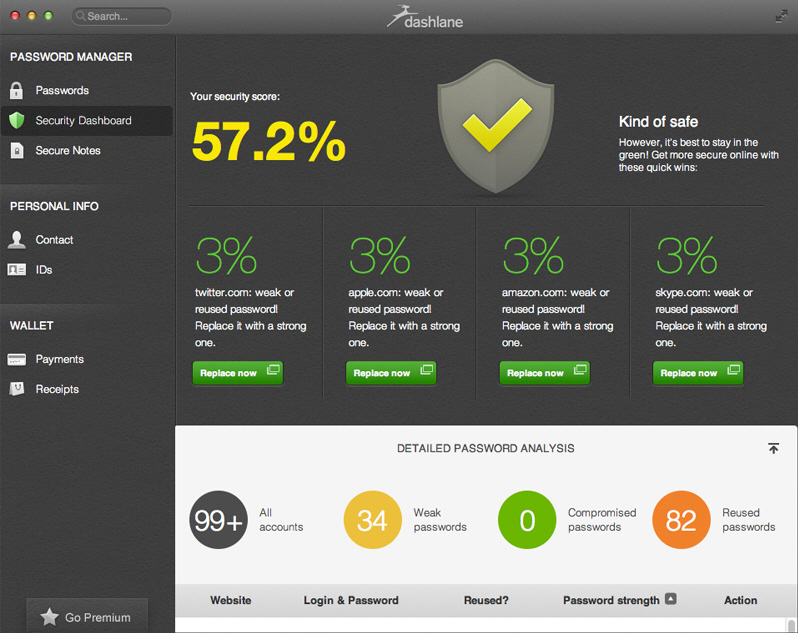


Passkeys are also specific to sites and services. The private component remains on user devices and is never shared with sites or services. Passkeys use a public-private key system for verification. The main idea behind the passwordless movement is to eliminate passwords to improve security for everyone. Passwordless is a new trend, fueled by the FIDO Alliance and big tech players such as Microsoft, Apple and Google.

Some run locally only, others offer cloud syncing capabilities or are integrated into password managers. There are also differences between two-factor authentication apps and programs. Not all of these are equal, with SMS-based and email-based verification options considered less secure than application-based authenticators and hardware-based ones. Many sites and services have started to support two-factor authentication options, which add a second verification factor to the login process. Phishing is another major threat on today's Internet. Weak passwords may be guessed easily and breaches seem to happen on a regular basis. For companies and users alike, they are a security risk. Passwords are a necessity on today's Internet, but they are a nuisance to users.


 0 kommentar(er)
0 kommentar(er)
